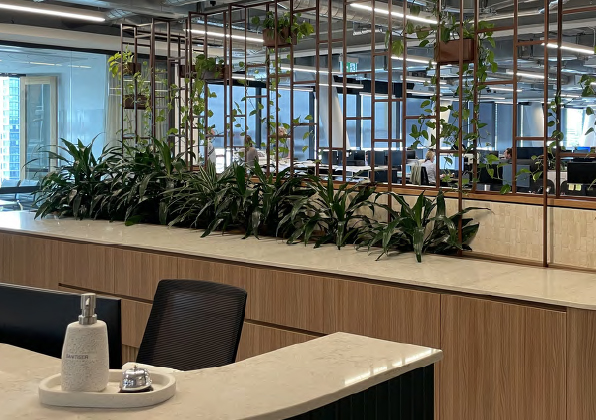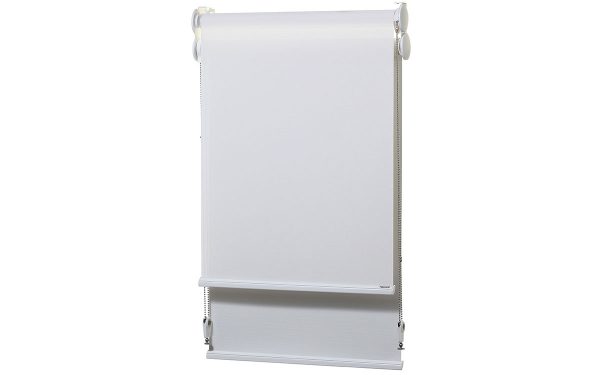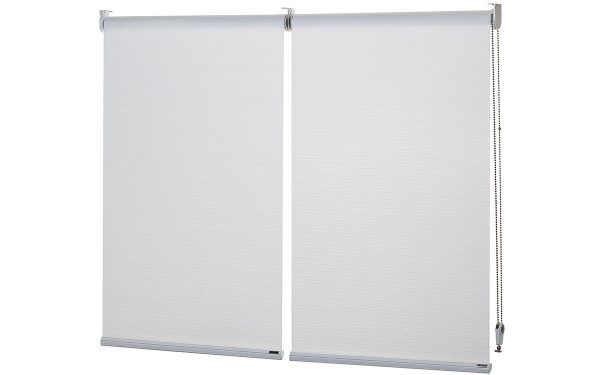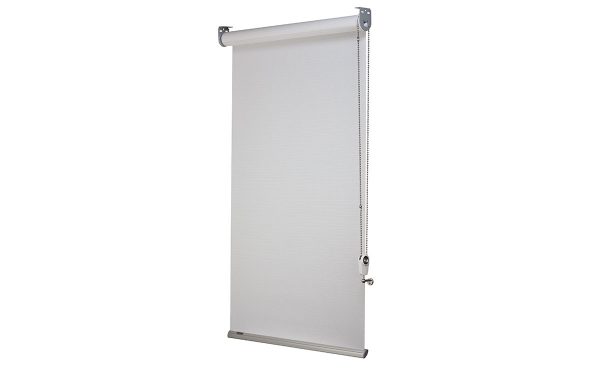Towards Net Zero: Blinds, Best Practice Sustainability & Beyond

Moved to action by a range of environmental challenges – including not just climate change but also issues relating to pollution, species loss and more – the construction sector has begun to change its ways. On the surface at least, it appears that ‘Sustainability’ has become as important a consideration for developers, builders and architects as good design, cost, and safety.
While ‘Sustainable Architecture’ is an evolving concept with no fixed definition, it is generally used to refer to those parts of the built environmental that have no negative impacts on the natural environmental or human communities. An inherently forward-looking notion, the term is now closely aligned with the concept of ‘Sustainable Development’, which is defined as “Development that meets the needs of the present without compromising the ability of future generations to meet their own needs.”
Sustainable Architecture is a broad concept, which includes three primary components – environmental sustainability, economic sustainability, and social sustainability. This is important because, as we shall see, the failure to address all these components means that a lot of building products that are claimed to be ‘sustainable’ are not sustainable at all. ‘Greenwashing’, along with ‘Equivalency’ and the practice of swapping out specified products for inferior alternatives, often hampers the efforts of well-intentioned specifiers.
Whitepaper Details
Focussed on window coverings, this whitepaper is concerned with overcoming the false promises of greenwashing, equivalency and so on, and identifying products that are genuinely sustainable. Beginning by outlining all the potential negative environmental impacts associated with blinds and curtains, it explains how to assess the various alternatives and choose the right products for your specific applications.
In line with all the above, sustainable blinds and curtains can be defined as products that have negligible impacts on the natural environment, both now and into the future. Best practice sustainability involves considering two types of environmental impacts – those associated with greenhouse emissions and carbon abatement, and those unrelated to greenhouse emissions and carbon footprint (e.g., manufacturing by-products, pollution, deforestation, etc.).
How do window coverings help reduce operational carbon? The installation of performance blinds and curtains is an excellent way to address this issue and maintain thermal efficiency without needing to reduce windows and compromise other important considerations including good design, liveability, well-being, and more. The best products, which incorporate metallised fabrics, reflect up to 85 per cent of solar radiation, reduce the SHGC, virtually eliminate UV radiation, significantly reduce glare, and dramatically reduce day to day energy consumption for heating, cooling, and lighting.
The Importance of Certification. Unavoidably, the amount of detail involved in this type of Lifecycle Assessment, combined with the ever-present greenwashing phenomenon, make it difficult to identify sustainable products. The best way to do this is to seek out products that carry third-party environmental certifications.
Download this White paper to read more about how Verosol can assist architects & designers in making informed & educated decisions on the importance of utilising sustainable window coverings on your next project.





